Cropped: A study of how you lost half the movie on DVDs
Report Date: May 2nd, 2014
Coming from an era dominated by VHS tapes, a long running complaint that I've had is the terrible cropping that DVD have. Some might think, "you see more on DVD than on VHS because it shows more on the left and right." Sorry chums, that isn't the case.
The worst part is, yes you gain a small bit of new information on the edges, but you lose major real estate on the top and bottom. Seriously, have a look at some of these stills from American Psycho.
a
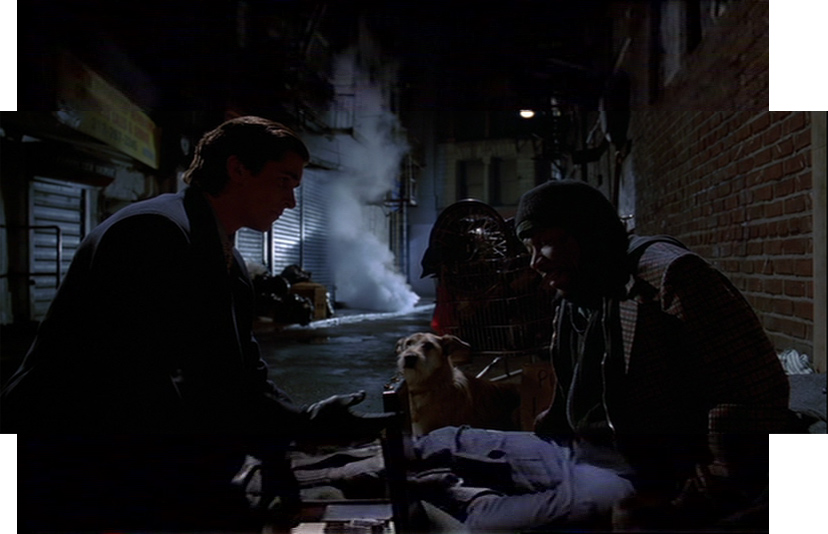 Al, we don't have anything in common. I like DVD, and you, VHS.
Al, we don't have anything in common. I like DVD, and you, VHS.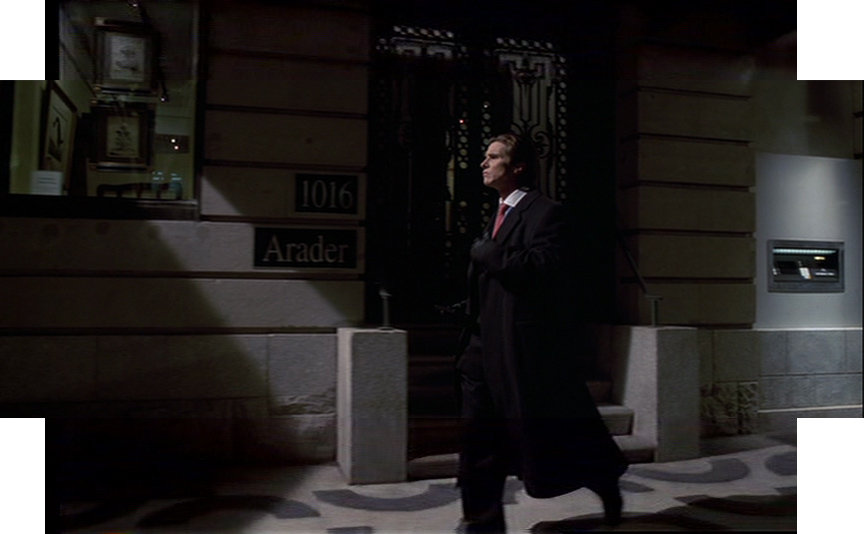 Only those watching on VHS knew I wasn't stomping on kittens as I walked. It was actually large elbow macaroni.
Only those watching on VHS knew I wasn't stomping on kittens as I walked. It was actually large elbow macaroni.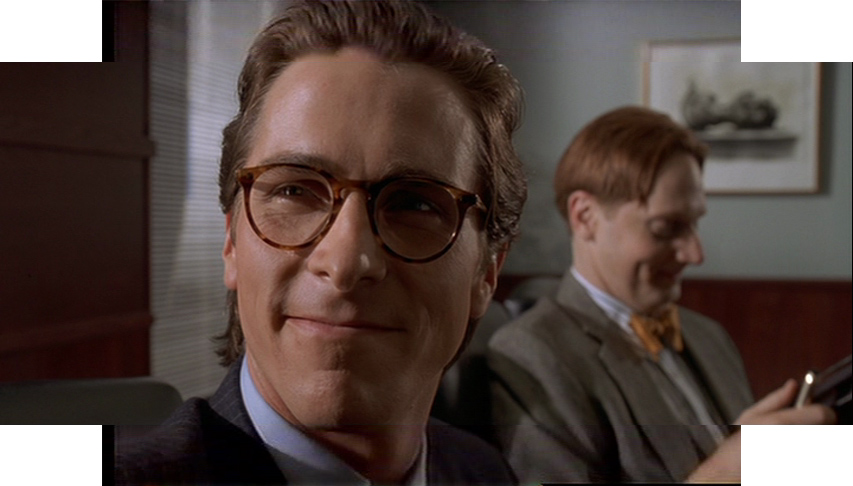 DVD makes my head look big.
DVD makes my head look big. Business cards interest us greatly.
Business cards interest us greatly.What this demonstrates is that there is a lot of image being removed regardless of version. But it doesn't show how much more additional image has also been lost. Short of attempting to capture stills at a theater, it would be hard to figure out how much exactly, since some may have been cropped from the top and bottom of the VHS versions.
Still, American Psycho apparently was filmed at 2.35:1 ratio, and running with that, here is an approximation of how much of the movie that never made it to your living rooms:
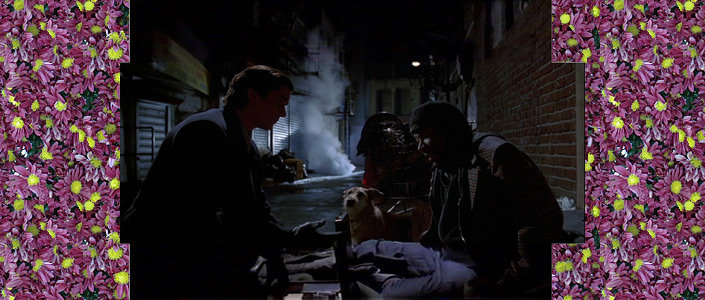
For this study, I have collected multiple copies of movies on various formats, mainly VHS and DVD with some on Blu-ray as well. I'd love to compare Laserdisc, but that would be a whole investment in obtaining a working player and the media.
A personal favorite being Blade Runner, I have two VHS versions, 1 Laserdisc version, the wrechted DVD (it was one of the first DVDs ever made and it was encoded terribly), and the collectors 5-disc Blu-ray version. I have VHS still prepared and will create a follow up eventually which compares the Blu-ray version as well.
Sadly, I've already noticed that many Blu-ray released mimic the DVD cropping. I have little hope that Blu-ray releases will actually give us more image. I do, though, believe there are some real reasons for this, and would love to find out who to talk to in the film industry to get the real answers as to why we see only half the movie.
First, compression is key to fitting all the video and audio on to a little plastic disc. Uncompressed video takes up an unbelieveable amount of space, so compression is here to stay. But the key here is, complexity increases the size needed to store an image.
Lets take a jpg of a orange box. Nothing else in it. This 400 by 400 pixel JPG image at 100% quality is only 2,181 Bytes. A sharp scan of a photo with some film grain (similar process porting movies to DVD), and at 70% quality, the size is 81,289 Bytes.

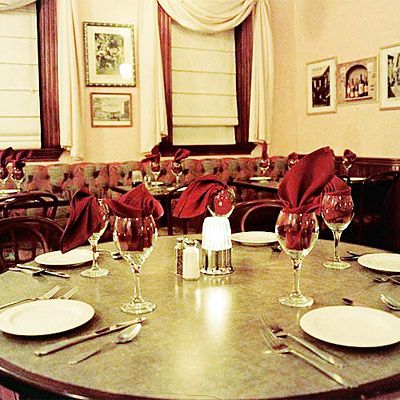
Since movies are a mess-ton of stills, multiply those numbers by about 100,000 to 150,000 and you can see how vastly different the total file size becomes. At 100,000 frames, the orange box becomes 208 Megabytes, and the complex image becomes 7.57 Gigabytes.
So, if we crop in on out complex image, there will be less details, there will be less content. Therefore, it will become a smaller image size, but the same image resolution. Cropped in, it becomes 72,012 Bytes which at 100,000 frames becomes 6.7 Gigabytes.

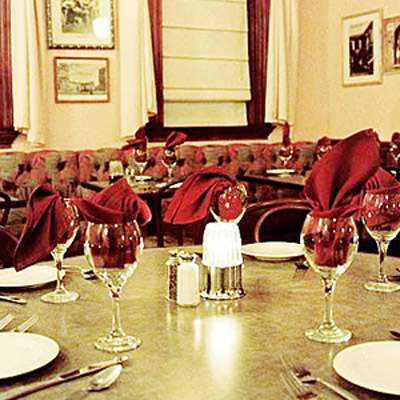
Okay, besides cropping for reducing the overall filesize, there are other reasons why to do it. Most people don't have a screen 30 feet tall and 74 feet wide. There is a lot in the frame that simply isn't as important as the focus of the shot. Cropping in better zeros in on what is important and helps prevent the actors getting too small on a far smaller screen.
Call me stupid, but I'd love having releases that are actual frame for frame the same as the theatrical versions. I don't care if it degrades the quality a bit, or that I'd need to have a big enough screen. I want the full picture!
